How to Reduce Automobile's Fuel Consumption?
 AshleyFeb 07, 2025, 12:40 PM
AshleyFeb 07, 2025, 12:40 PM
In a time marked by fluctuating oil prices, Fuel Consumption has emerged as a central concern for many automobile owners. Enhancing the fuel efficiency of vehicles can yield significant cost savings while also conferring considerable environmental advantages. Let’s talk about some comprehensive strategies to diminish Fuel Consumption.
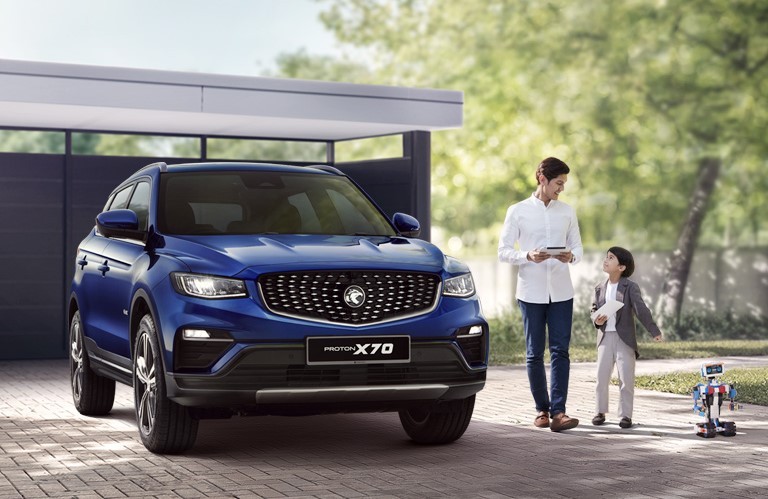
I. Critical Considerations When Buying a Vehicle — Engine Fuel Consumption Rate
To optimize fuel savings, prospective car buyers should prioritize the engine's Fuel Consumption rate during the selection. This figure, which directly indicates the fuel efficiency of an engine, reflects the amount of fuel consumed to generate a certain power output. Information regarding Fuel Consumption, typically represented as "combined fuel consumption," can be found in the vehicle’s specifications, commonly measured in liters per 100 kilometers (L/100 km). A lower value signifies reduced fuel consumption under the same driving conditions.
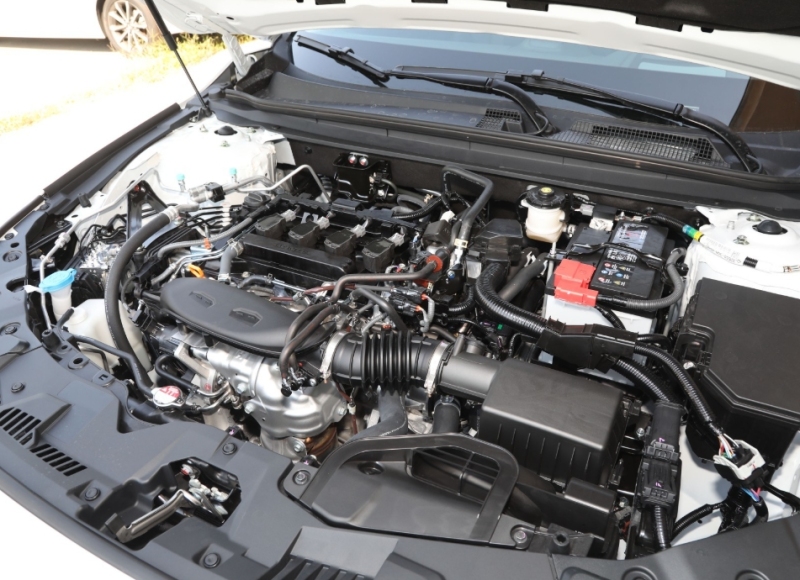
II. Fuel Efficiency — The Core of Fuel Savings
A fundamental approach to reducing Fuel Consumption involves improving fuel efficiency through advanced technologies. It is advisable to inquire car sellers about such details during car-shopping.
To improve fuel efficiency, modern engines employ technologies such as direct injection. Unlike traditional port fuel injection that sprays fuel in front of the intake valves, direct injection injects fuel directly into the combustion chamber, which yields better air-fuel mixing and more sufficient combustion, thus increasing fuel utilization and decreasing Fuel Consumption. Also, variable valve timing technologies enable precise control of valve timing and lift according to engine operating conditions. During idle or low-speed driving, valve openings are minimized to reduce air intake and prevent fuel wastage; when high power is required, valves widen to allow sufficient intake for sufficient combustion, which optimizes fuel usage.
Knowing these technologies not only elucidates the reasons behind your car's fuel efficiency, but also helps in assessing the vehicle's technological advancements and cost-effectiveness when making a purchase. After all, higher fuel efficiency translates to lower operating costs in the long run.
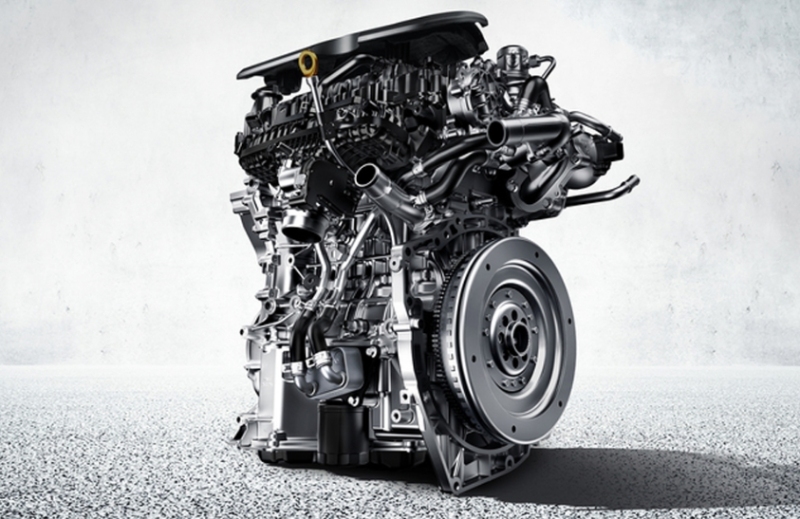
III. To Estimate Petrol Consumption Through Fuel Consumption Rates
The engine's Fuel Consumption rate is intrinsically linked to petrol consumption. Serving as a theoretical benchmark, when connected with actual driving conditions, it can provide an approximation of petrol consumption.
For instance, vehicles frequently navigating congested urban traffic with numerous starts and stops will often see their engines operating in a low-efficiency range for a long time. Therefore, the actual petrol consumption may exceed the stated combined fuel consumption figures.
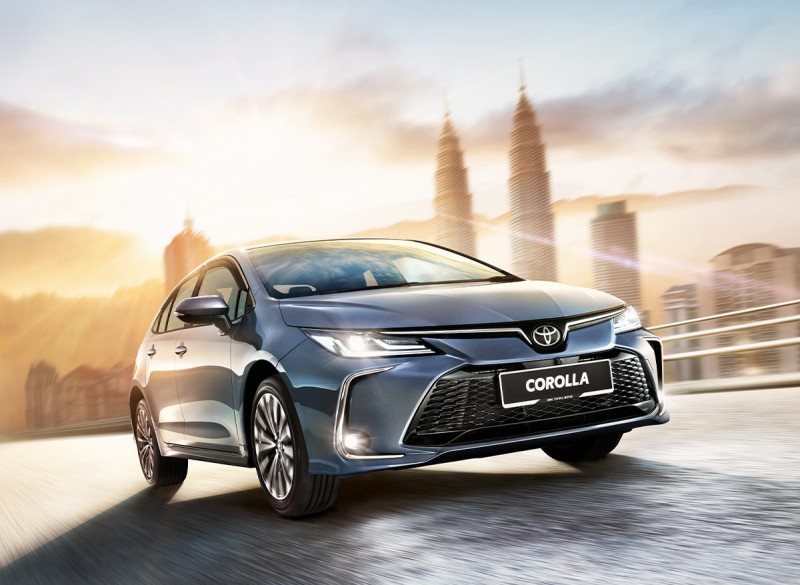
The reason is, in congested traffic scenarios, frequent starts and stops compel the engine to idle and accelerate repetitively, resulting in substantial fuel loss due to inertia offset and idle maintenance. In contrast, sustained driving on highways with minimal congestion allows the engine to operate steadily within an economical RPM range, thereby aligning petrol consumption more closely with, or even below the average stated figures.
As a result, while it is essential to pay attention to a vehicle’s stated Fuel Consumption rate, it is equally important to consider individual driving scenarios to attain a more accurate estimate of actual petrol consumption.
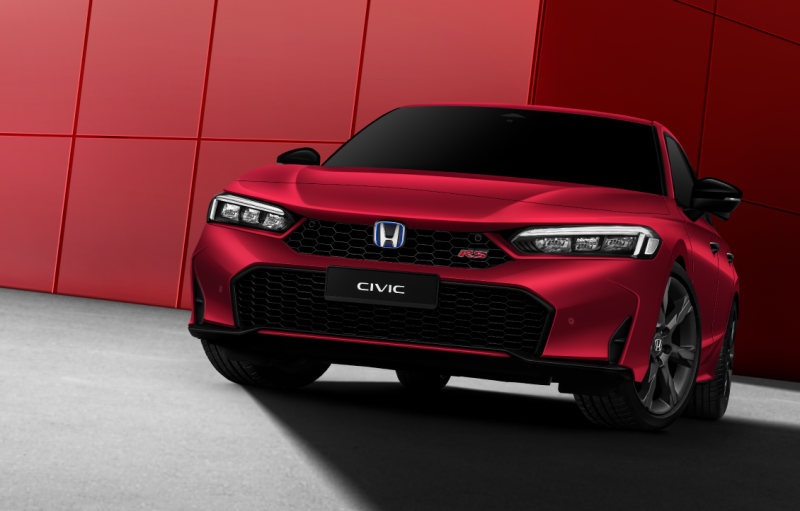
IV. Analysis of Fuel Consumption of Different Engine Types in Different Driving Scenarios
The prevailing engine types on the market include turbocharged engines, naturally aspirated engines, and hybrid engines, each exhibiting different Fuel Consumption characteristics suitable for diverse driving contexts.
1. Turbocharged Engine
Turbocharged engines use a turbocharger to force more air into the cylinders and facilitate more sufficient fuel combustion without an increase in engine displacement. Typically, small-displacement turbocharged engines (e.g., 1.4T, 1.5T) have Fuel Consumption ranging from 7 to 9 liters per 100 km in urban conditions, dropping to 6 to 7 liters per 100 km on highways. Turbocharged engines offer responsive and substantial power for swift overtaking and hill climbing reliant on their robust low-torque performance. However, in long-time congested traffic, turbo lag can force the engine into low-efficiency ranges, increasing fuel consumption and raising maintenance costs for turbo components.
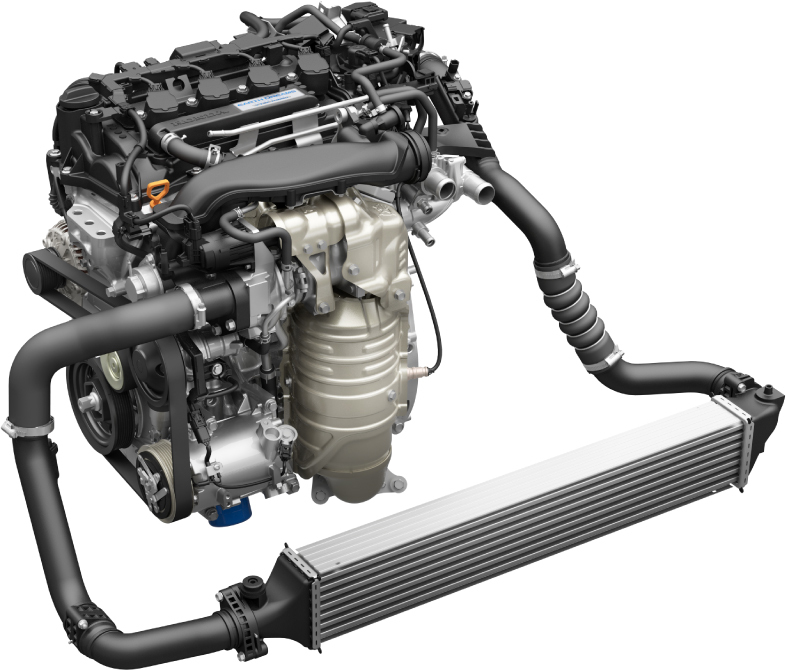
2. Naturally Aspirated Engine
The operational principle of a naturally aspirated engine is fundamentally straightforward. It utilizes the vacuum created by the downward movement of the piston to intake air, which naturally mixes with the injected fuel for combustion. This type of engine exhibits a relatively linear fuel consumption performance. Generally, under similar displacement conditions, its fuel consumption is marginally higher than that of a turbocharged engine. For instance, typical 1.6L and 1.8L naturally aspirated engines demonstrate urban fuel consumption ranging from approximately 8 to 10 liters per 100 km, with highway consumption averaging between 7 to 8 liters per 100 km. Their advantages include smooth power delivery, exceptional reliability, and lower maintenance costs. For individuals whose driving scenarios primarily consist of steady urban commuting and who do not possess extreme power requirements, a naturally aspirated engine can adequately fulfill these needs while delivering a comfortable driving experience, devoid of the abruptness often associated with turbocharged alternatives.
3. Hybrid Power Engine
Hybrid vehicles combine a gasoline engine with an electric drive system, categorized into hybrid electric vehicles (HEV) and plug-in hybrid electric vehicles (PHEV). In urban congested conditions, HEVs capitalize on electric propulsion as needed, achieving fuel consumption as low as 4 to 6 liters per 100 km. Even in highway driving, combined Fuel Consumption typically remains below 7 L/100 km. PHEVs can operate without petrol consumption within their electric range (generally 50 to 100 km). If charging options are readily available for daily commute, PHEVs function similarly to fully electric vehicles, thereby markedly diminishing Fuel Consumption. However, consumers should be mindful of the higher prices of PHEVs and potential battery replacement expenses.
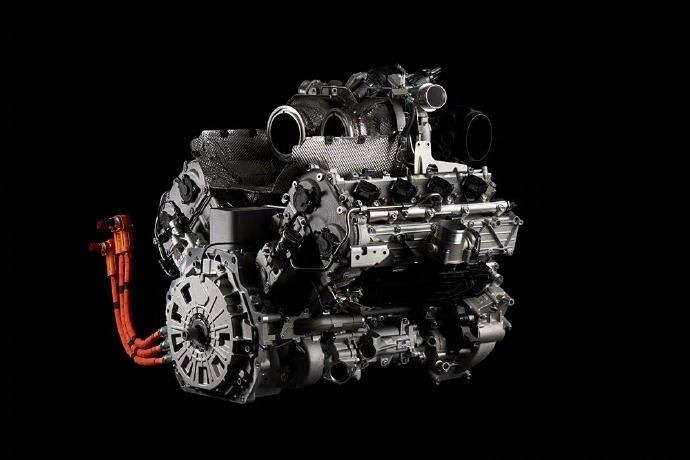
In summary, for individuals navigating congested areas with access to charging stations, a plug-in hybrid or hybrid vehicle represents a prudent choice for maximizing fuel savings. For those undertaking occasional long-distance travel and seeking a balance between power and economy, turbocharged engines may be preferable. If one maintains a calm driving style and frequently avoids dense traffic, naturally aspirated engines offer stability and fuel efficiency. Ultimately, prospective buyers should consider their actual driving scenarios to select the most suitable engine type, rather than focusing solely on the figures of Fuel Consumption, as prioritizing low Fuel Consumption at the expense of driving experience may result in a false economy.
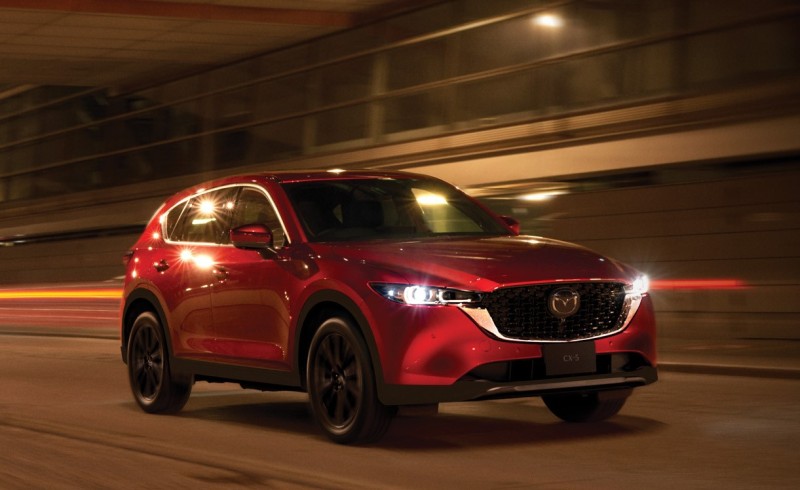
V. Fuel-saving Secrets during Driving
Selecting a right vehicle is only the first step. Daily driving habits also exert a significant influence on fuel consumption. Here are several tips to help save fuel while driving:
1. Smooth Driving
Abrupt acceleration and braking are detrimental to fuel economy. When pressing the accelerator hard, the engine is forced to rapidly generate substantial power, leading to excessive fuel delivery. However, a considerable portion of this fuel is used in counteracting the vehicle's inertia. Similarly, In instances of sudden braking, the kinetic energy of the vehicle is converted into heat energy via the braking system and dissipated, thus negating the energy harvested from prior fuel consumption. Therefore, maintaining a steady speed, anticipating road conditions, and applying gradual acceleration and deceleration can help the engine operate within a more economical range, substantially lowering Fuel Consumption.
2. Optimal Speed Control
Each vehicle harbors an optimal speed range for fuel efficiency. Sedans typically perform best between 80 - 100 km/h, while SUVs is between 70 - 90 km/h. Operating within these ranges maximizes fuel efficiency and minimizes consumption. Excessively high velocities result in greater aerodynamic drag, compelling the engine to expend more energy, thereby increasing consumption. Conversely, driving too slowly can push the engine into an inefficient operational zone. During long trips, maintaining an economical speed is vital for fuel savings and safety.
3. Regular maintenance
Adhering to a routine maintenance schedule is critical for sustaining fuel economy. Over time, engine oil can degrade, reducing lubrication and increasing internal friction, thus raising Fuel Consumption. A clogged air filter restricts airflow, leading to sub-optimal fuel-air mixing and insufficient combustion. Faulty spark plugs can destabilize engine performance and elevate consumption levels. Routine maintenance per the vehicle's manual schedule—including oil changes, filter replacements, and inspections of spark plugs and other essential components—will ensure optimal functionality and fuel-saving.
4. Load Reduction
Increased vehicle weight needs more energy expenditure to overcome resistance, thus increasing fuel consumption. Eliminating unnecessary items from the trunk and refraining from the long-term storage of heavy objects can effectively alleviate vehicle load. Also, if a roof rack is not in use, it is advisable to remove it, as even an empty rack can elevate wind resistance, exacerbating Fuel Consumption at higher speeds.
5. Proper Use of Air Conditioning
The air conditioning system relies on an engine-driven compressor. Thus, running the AC amplifies engine load, subsequently increasing Fuel Consumption. On moderately warm days, consider opting for open windows and natural airflow. During hotter periods, setting the AC to a suitable temperature can optimize energy usage, with 25-26°C generally offering comfort while reducing AC energy consumption.
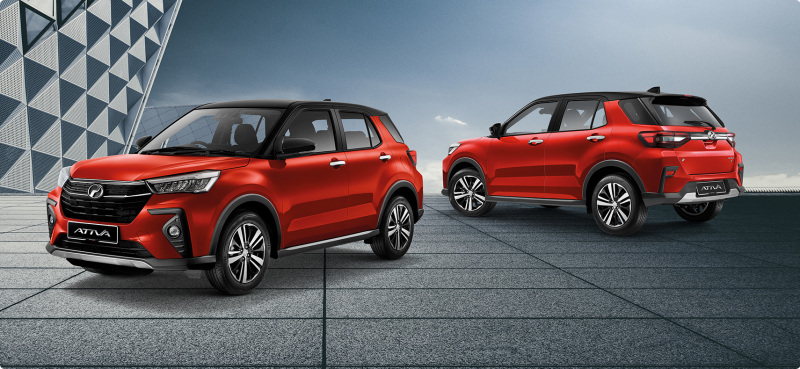
In conclusion, effectively reducing Fuel Consumption needs careful consideration from the initial stages of vehicle purchase through to everyday driving, which not only yields monetary savings but also contributes positively to environmental sustainability. It is hoped that the information shared above will empower readers to become more expert in automobiles and fuel-saving.
If any infringement occurs, please contact us for deletion
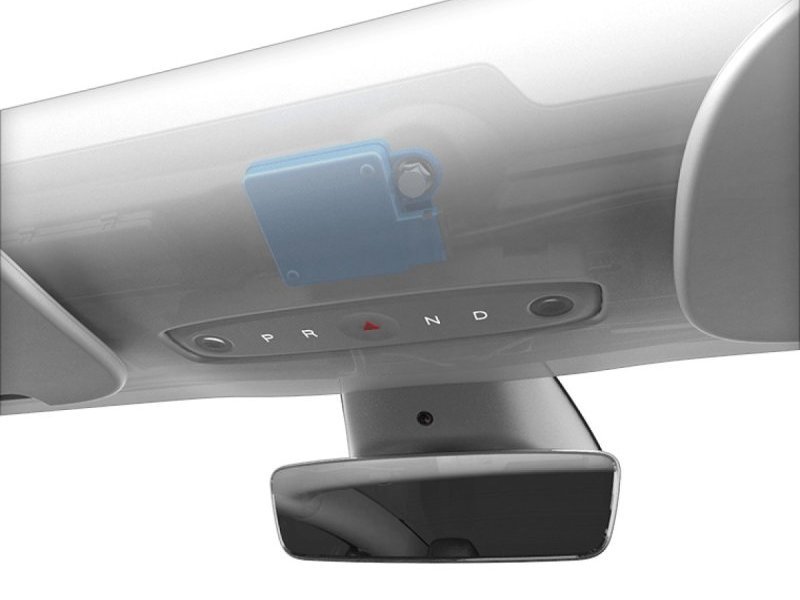
Tesla pushes 2025.2.6 update in North America, activating the hidden millimeter-wave radar in Model Y
[PCauto] In February 2025, Tesla rolled out the 2025.2.6 software update for 2022 and subsequent Model Y models in North America.The highlight of this update is the activation of the hidden millimeter-wave radar hardware in the Model Y cockpit. This AWR6843 chip supplied by Texas Instruments, has three transmitting antennas and four receiving antennas, operating on a frequency band between 60-64 GHz, with a horizontal field of view of 120 degrees and a vertical field of view of 60 degrees.Once a
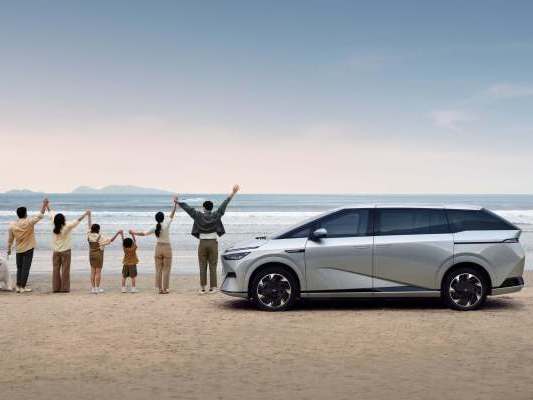
Xpeng X9 is expected to launch in Malaysia in 2025, hailed as the electric version of Toyota Alphard
Since the right-hand drive version of Xpeng X9 was launched in Hong Kong, it has been favored by many Toyota Alphard users. Now, Xpeng plans to introduce the X9 to Singapore next month, and it is highly likely that it will be launched in Malaysia in 2025.With its luxurious configuration, intelligent technology, and excellent endurance, the Xpeng X9 is expected to become the Alphard of Malaysia's electric MPVs.The exterior design of the Xpeng X9 continues Xpeng's unique style, with recognizable f
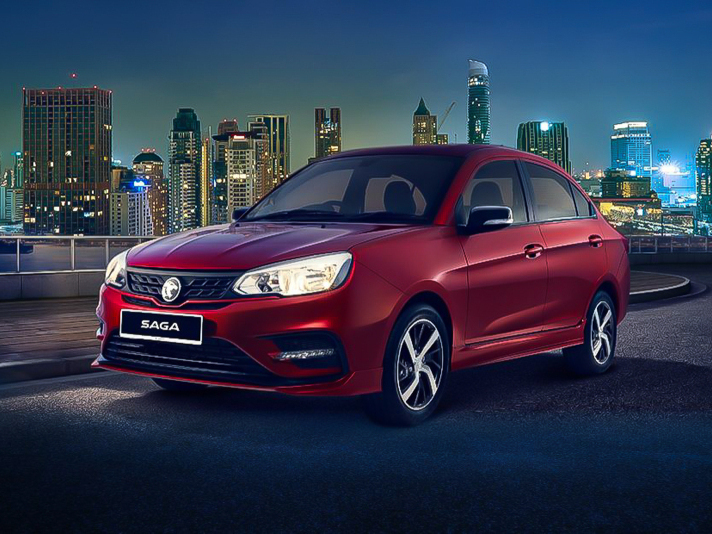
Latest news on the 2025 Proton Saga, with ADAS support provided by iMotion Technology
【PCauto】The Proton Saga, with a history of nearly 40 years, is one of the most popular compact cars in Malaysia, and its sales have exceeded 2 million units.With the arrival of 2025, rumors about the new generation of Saga (code: AMA01) are becoming more and more.The upgrade of the Proton Saga is not only a complete renewal of its exterior and interior, but also a comprehensive upgrade of its power system and safety technology. The style of the exterior and interior will have a more technologica
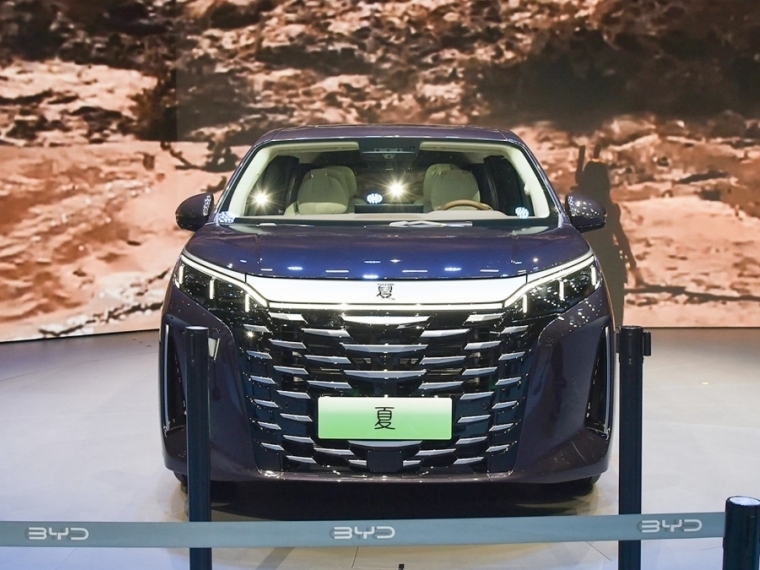
BYD Xia launched in China, using the fifth generation DM hybrid system, with prices starting from RM 153,389
[PCauto] BYD Xia has recently been launched, and BYD M6 is no longer sold in China. Xia will fill BYD's vacancy in the MPV market. BYD Xia offers four configurations. According to the CLTC pure electric endurance test, it can be roughly divided into 100km and 180km versions. The price ranges from 249,800 to 309,800 RMB. Converted into Malaysian currency this is approximately RM153.4k - 189.2k. As BYD's important model, Xia is also equipped with the fifth-generation DM plug-in hybrid system. T
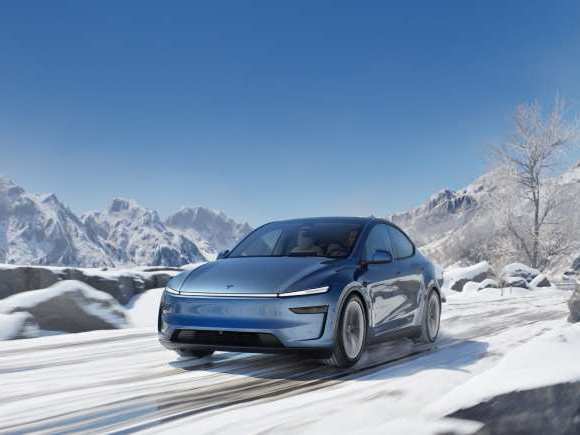
On the first day of its release, Tesla Model Y "Juniper" receives 50,000 orders in China.
【PCauto】On January 10, 2025, Tesla officially launched the new Model Y, also known as the rumored Model Y "Juniper". On the very first day, the Model Y received over 50,000 orders in China, equivalent to 100 orders at every Tesla store in China. Although the old Model Y is also on sale, the new Model Y received even more orders.The new Model Y "Juniper" available in the Chinese market comes in two versions, namely the rear-wheel-drive debut version and the long-range all-wheel-drive debut versio
Popular Cars
Car Compare

